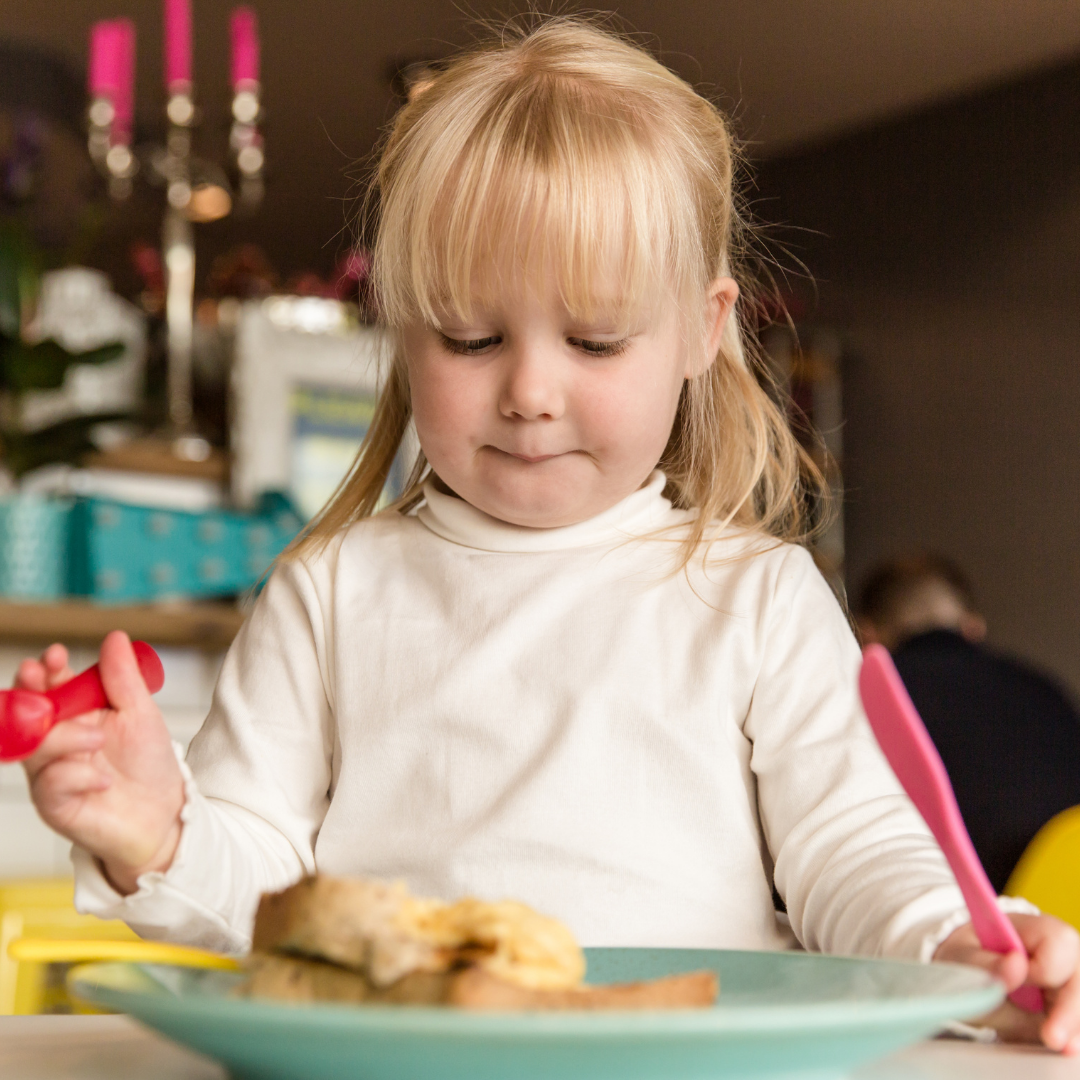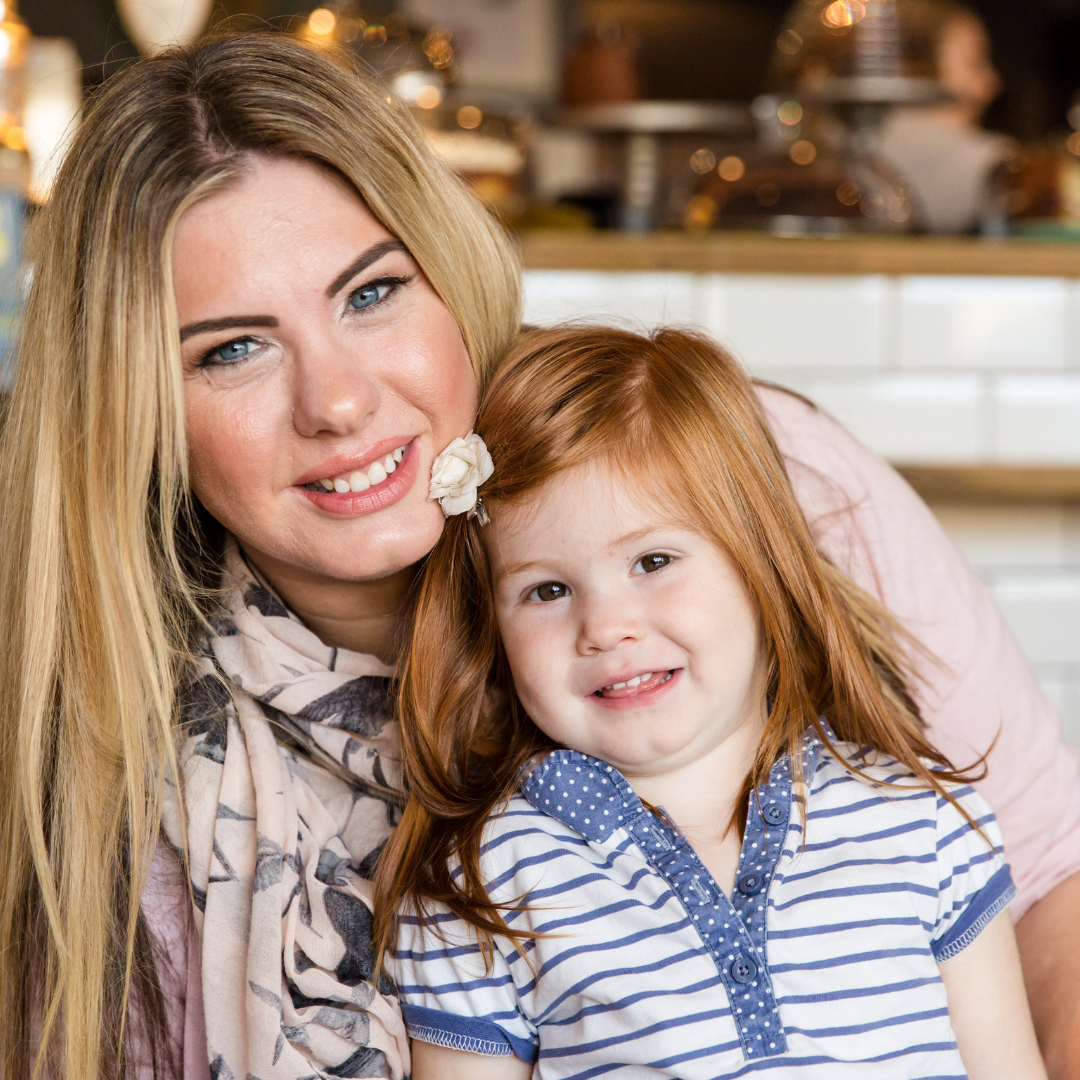Top tips for parents with fussy eaters
on Wed Apr 28 2021

Having a child who is selective about the foods they eat, is hard work! As a parent, we want to nurture our children and we have done this from the moment we planned our pregnancies. From buying folic acid supplements to upping our vitamin intake, we were ready to start to nurture. And we have done this from the moment we found out that our little one was on the way. We stopped drinking alcohol, we gave up those endless coffee’s, we avoided unpasteurized cheeses, we ate more veg. We did this to make sure our baby was healthy. And then, we fed our baby milk and we made sure it was the best choice for us. We then weaned onto solid foods and again, we kept to the rules. We made sure our babies weren’t eating processed foods, nothing was high in salt or sugar, we avoided foods which could cause choking, we made foods from scratch. We did this because we want to nurture our baby and ensure they are as healthy as possible. And they enjoyed it! And they ate everything. And then – the age of the toddler appeared and everything went out of the window when it came to mealtimes.

We encountered negative words around the foods we had lovingly prepared for them. The food we had spent ages making from scratch, foods full of healthy goodness are suddenly thrown across the table. The food our little ones used to love is now chucked onto the floor and tantrums are happening on a regular basis. And my goodness this is disheartening. We are now anxious that we can’t nurture our children, that they will become ill if they don’t eat, that they are going to become deficient in nutrients. And we want to cry! So, we start to use mechanisms such as punishment if they don’t eat, or ultimations, or we shout and cajole. Or we offer alternatives. Or we reward with sugary treats.
It’s stressful. But it is normal. So normal. Approx. 40-50% of children go through this stage in their life, not just in the UK – around the whole world, in every country, city or town. In every household, in every ethnic group, in every social or economic situation, children do this.
Research shows that learning about food happens through 2 main ways. A connection between a natural event and a stimulus. For example, if a child suffered reflux causing pain, they will learn to escape that situation by avoiding food. If a child has suffered a lot of sickness through reflux also, feeling sick can cause appetite suppression and so they avoid those feelings by avoiding some foods. How many of us can’t go near an alcoholic drink because the thought or smell of it reminds us of being very sick after drinking it (Bacardi Breezers for me!), this can happen with food. These issues would require some Occupational Therapy interventions to support a family with a child who has these severe connections to a past event.
The second way, and the way we concentrate on in our Fussy Eaters workshops is how children learn to eat through either punishment and reinforcement.
Booth (1990) showed that if the learned reaction to food is negative, there is a physical appetite suppression within the body.
If your child is refusing to eat but is getting lots of attention and interaction whether it be cajoling, shouting or parents who are showing how stressed they are about the need for their child to eat, this can lead to more refusal.
Positive re-enforcement is the key. And this should be with any interaction with a food that you would like them to eat. And this needs to happen alongside presenting the new food over and over again. Many people make the mistake of taking the first rejection of a new food as the final decision from their child. It usually isn’t.

The other important thing to understand is that we need to make sure we are aware of the interaction happening at mealtimes. If we for example are refusing the eat certain foods and being vocal about it, how on earth can we encourage our child to try that food. By eating meals at separate times to our child and not at the table together, how can we create a supportive and positive mealtime environment? How we can we teach them about eating well if they can’t actually see us eating the foods and encouraging them to imitate us?
If we are giving our child a tablet or the TV to watch during mealtimes, how are they understanding about the food in front of them? They are not aware of the food; they are not engaging with anything other than the screen.
If we give our child an ice-cream as a reward for eating the “disgusting broccoli”, what does that child learn about the broccoli? Will they ever learn to like the taste if they have to shove it down to get their prize?
If we yell at them, we can actually turn off their appetite and we will begin teaching them that eating is unpleasant.
And so, if you are in this place right now with your picky eater you are not alone! It is a normal part of their development and we need to think of how we make mealtimes a positive experience. We need to create a relaxed environment around the table as a family. We need to use positive words when we eat. We need to show our children the love that eating can bring. We need to not raise our voices if they refuse to eat. We need to ignore tantrums or plate throwing. We need to understand that we are teachers in this respect. We need to teach our children how to eat. We need to be the best role models we can be. We will still be able to nurture our little ones by the language we use, by being loving and relaxed and giving them all the positive feedback possible when eventually that “disgusting” broccoli goes in, stays in and is eaten all up!
Check out the wonderful Happy Tums site here:
 Review a Wiki Place >
Review a Wiki Place >